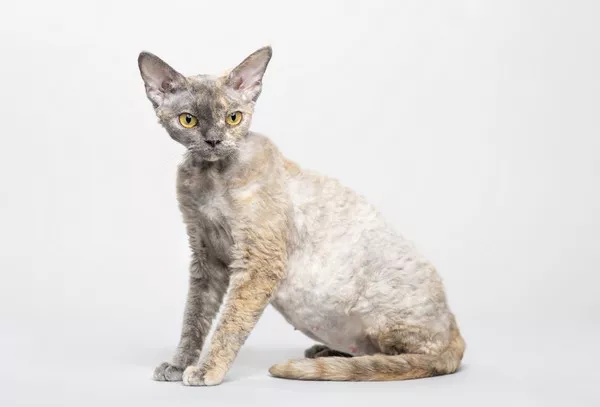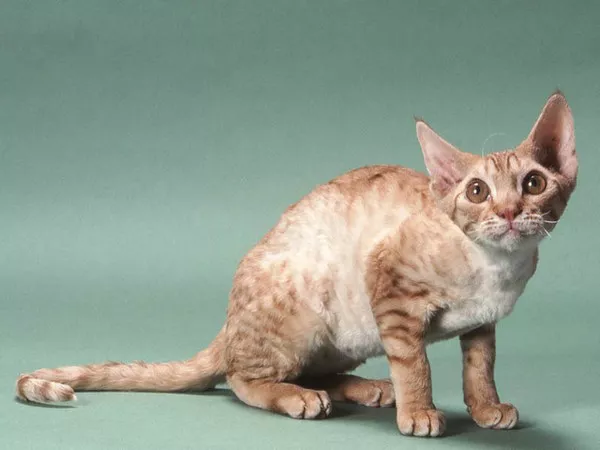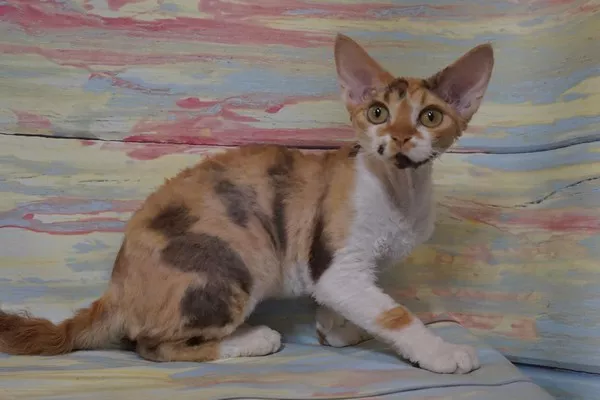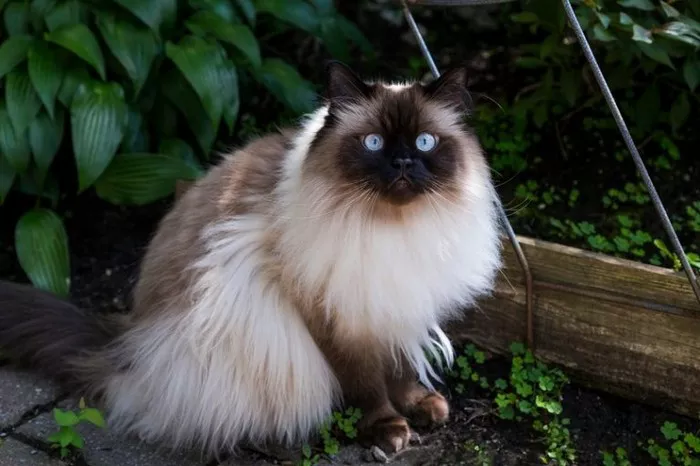Devon Rex cats, with their distinctive appearance and playful demeanor, have captured the hearts of cat enthusiasts around the world. As one of the many breeds cherished for their unique traits, the reproductive characteristics of Devon Rex cats are of particular interest to breeders and pet owners alike. In this comprehensive guide, we delve into the factors influencing the litter size of Devon Rex cats, dispel common myths, and provide insights into their reproductive biology.
Introduction to Devon Rex Cats:
The Devon Rex is a breed known for its curly coat, large ears, and mischievous personality. Originating from England in the 1960s, these cats quickly gained popularity for their affectionate nature and striking appearance. With their playful demeanor and sociable disposition, Devon Rex cats make delightful companions for individuals and families alike.
Feline Reproduction: An Overview:
Before delving into the specifics of litter size, it’s essential to understand the basics of feline reproduction. Like other mammals, cats undergo a reproductive cycle characterized by mating, gestation, and parturition (birth). Female cats, known as queens, typically come into heat, or estrus, multiple times throughout the year, signaling their readiness to mate.
During estrus, queens exhibit behavioral changes such as increased vocalization, restlessness, and affectionate behavior towards potential mates. Male cats, or toms, are attracted to the scent of a female in heat and may engage in courtship behaviors to initiate mating.
Once mating occurs, fertilization of the queen’s eggs takes place within her reproductive tract. The fertilized eggs then implant in the uterine lining, initiating the gestation period. The duration of gestation in cats typically ranges from 63 to 67 days, with variations depending on factors such as breed, health, and environmental conditions.
Factors Influencing Litter Size:
The litter size of Devon Rex cats, like that of other cat breeds, is influenced by various factors, including genetics, age, health, and environmental factors. While there is no definitive answer to the question of how many kittens Devon Rex cats have in a litter, several factors can provide insights into potential litter size ranges.
Genetics: Genetic factors play a significant role in determining litter size and reproductive performance in cats. Breeding practices aimed at selecting for desirable traits while minimizing genetic defects can influence the fertility and fecundity of Devon Rex cats. Responsible breeders carefully select mating pairs to optimize the health and genetic diversity of offspring.
Age of the Queen: The age of the queen at the time of mating can impact litter size and reproductive success. Younger queens may have smaller litters during their initial pregnancies, while mature queens may produce larger litters as they reach reproductive maturity. However, it’s essential to consider the health and well-being of the queen, as older cats may experience reproductive issues or complications during pregnancy.
Health and Nutrition: The overall health and nutritional status of the queen play a crucial role in determining her reproductive capacity. Proper nutrition, veterinary care, and management practices contribute to the queen’s ability to conceive, carry, and deliver healthy kittens. Adequate prenatal care, including regular veterinary check-ups and vaccinations, can help ensure a smooth pregnancy and delivery process.
Environmental Factors: Environmental factors such as stress, temperature, and living conditions can impact the reproductive health of Devon Rex cats. A calm and supportive environment during pregnancy and childbirth promotes maternal well-being and contributes to the successful development of kittens. Minimizing sources of stress and providing a comfortable nesting area for the queen can enhance the likelihood of a positive outcome.
Dispelling Myths:
Despite the widespread fascination with feline reproduction, several myths and misconceptions persist regarding the litter size of Devon Rex cats. It’s essential to separate fact from fiction and provide accurate information to prospective cat owners and breeders.
Myth 1: Devon Rex cats always have large litters.
Fact: While Devon Rex cats are known for their fertility and reproductive vigor, the size of their litters can vary widely depending on individual factors such as genetics, age, and health. While some queens may produce larger litters, others may have smaller or more moderate-sized litters.
Myth 2: Devon Rex cats only have single births.
Fact: While single births, or “singletons,” are not uncommon in Devon Rex cats, they are also capable of producing litters of multiple kittens. The number of kittens in a litter can range from one to several, with variations observed among individual cats and breeding pairs.
Myth 3: All kittens in a litter will have the same physical characteristics.
Fact: Like human siblings, kittens within the same litter can exhibit a diverse range of physical characteristics, including coat color, pattern, and texture. While some kittens may inherit traits characteristic of the Devon Rex breed, others may display variations or traits resembling other breeds or mixed ancestry.
Conclusion:
In conclusion, the litter size of Devon Rex cats is influenced by a combination of genetic, physiological, and environmental factors. While there is no predetermined number of kittens in a litter, responsible breeding practices and proper care can help optimize the reproductive health and well-being of Devon Rex queens and their offspring. By understanding the complexities of feline reproduction and dispelling common myths, cat enthusiasts can appreciate the beauty and diversity of the Devon Rex breed while ensuring the welfare of future generations.

























